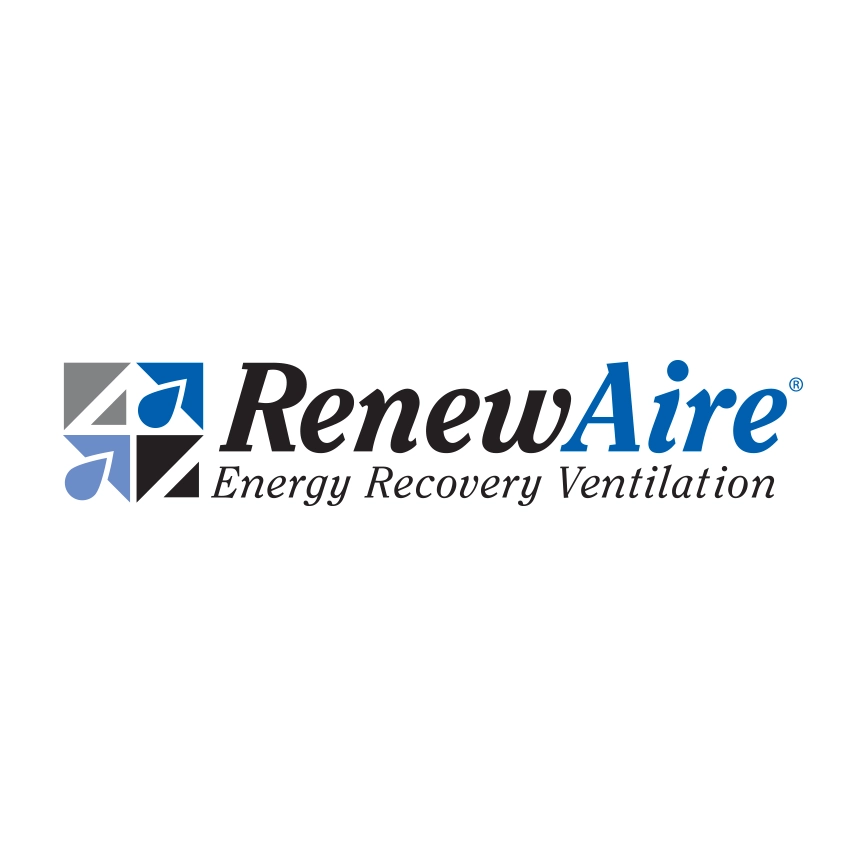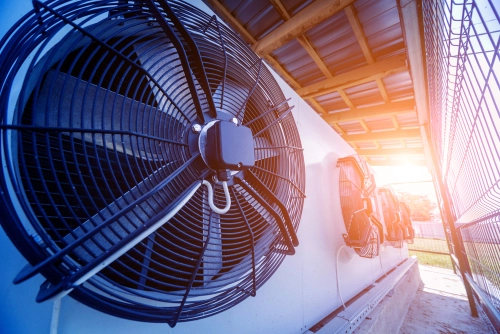Mitigating COVID-19 Through Improvements to Indoor Air Quality
One thing is universally known three years into the global COVID-19 pandemic: almost all COVID-19 infections occur indoors.
Poorly ventilated spaces help spread COVID-19, flu, and other raspatory illnesses. Recognizing the seriousness of the situation, in October 2022, the Biden administration held a White House Summit on Improving Indoor Air Quality. The summit gathered public health and ventilation expects to highlight the benefits of improved indoor air quality to mitigate the spread of COVID-19 and demonstrate successful trends and best practices.
Poor indoor air quality is not a symptom of the pandemic; it’s a long-time, well-known issue. Still, the pandemic showed how important indoor air quality is to people’s health and well-being. Raising awareness is essential in solving the problem; ignoring a potentially dangerous air quality situation is not.
Nick Agopian, Vice President of Sales & Marketing for Renewaire, is fully aware of indoor air quality issues and provides solutions to these challenges. He, too, believes improving indoor air quality will help mitigate COVID-19 and other airborne viruses.
Nick’s Thoughts
“Hello Nick Agopian, here, from RenewAire. I’m happy to talk about the US government’s National Covid 19 pandemic focus. When it comes to indoor air quality, the problem has been around for decades. What Covid 19 did is raise awareness to say that, yes, indoor air quality can kill you. When we look at our filtration standards and compare them around the world, we are amongst the lowest with a Merv eight filtration requirement.
We need to elevate the minimum filtration from Merv eight to Merv 13 in order to control, yes, viruses, but more importantly, submicron particles such as particle matter, 2.5 micron, which we know has an adverse effect to our health. More importantly than that, we need to look at our ventilation requirements. Since we’ve built these buildings so tight, such that we control the exchange of energy from the controlled environment to the uncontrolled environment, we need to ventilate at higher levels.
Today, anything that occurs indoors, whether it’s off-gassing from construction materials, our activities, or more importantly, our bio effluence. We know that the ventilation rates don’t sufficiently remove stale air and the contaminants generated indoors, so we need to elevate these values 50%, 75%, or even double. However, in order to control electrical consumption, we need to utilize energy recovery technologies, such that we can recapture the air energy before we throw it out and temper the air as we bring it back in.
Thank you and have a nice day.”


